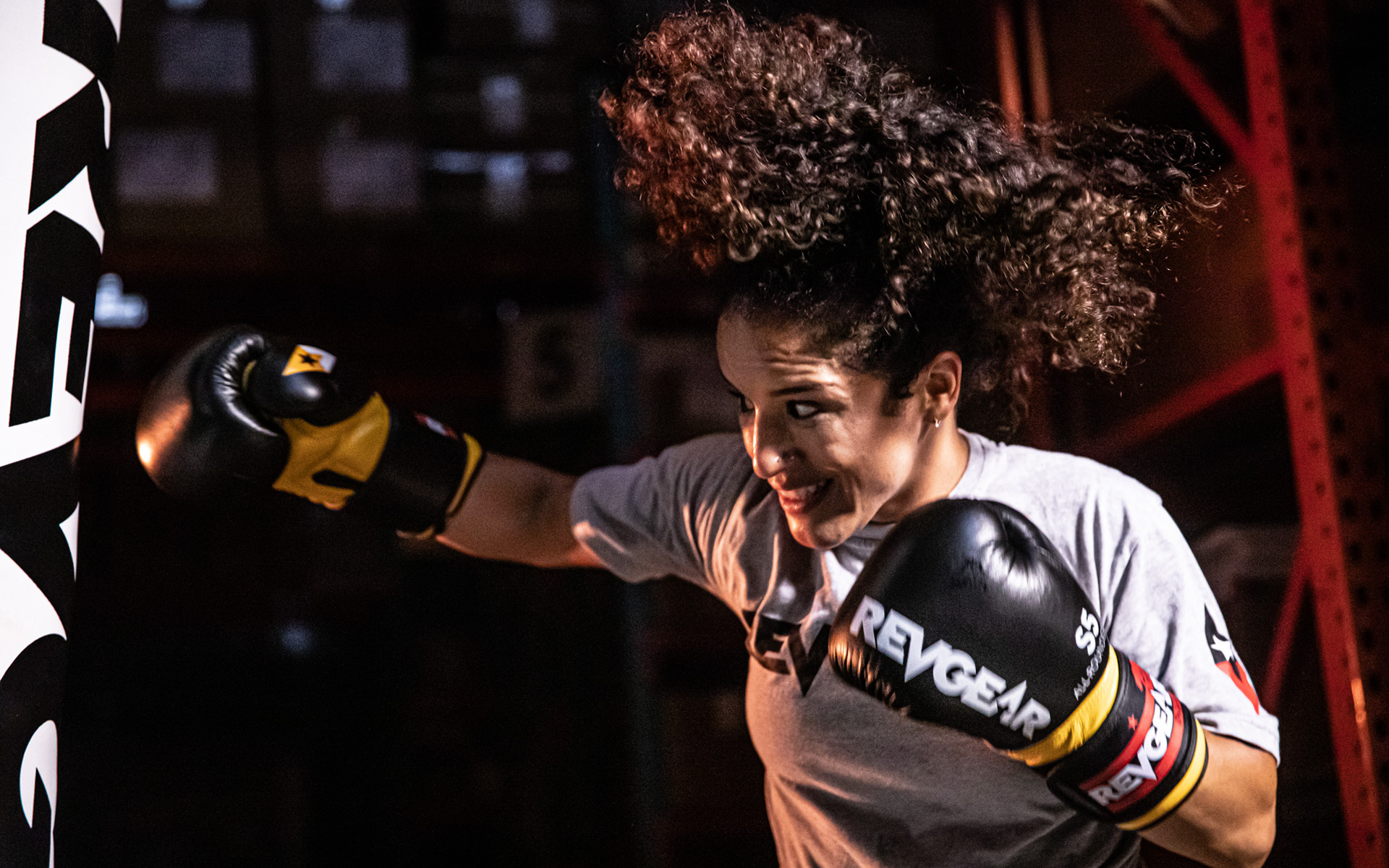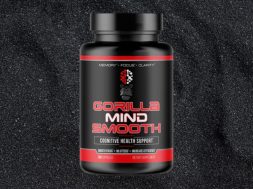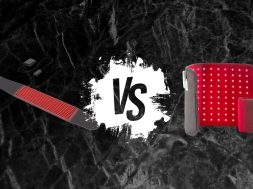
Every punch in boxing is deliberate, powerful, and crafted with precision. The force behind each strike isn’t just born of sheer strength but from an intricate understanding of technique, effective breathing, and a genuine passion for advancing the sport.
Whether it’s a clean hook, a quick jab, or a devastating vertical straight punch, every move that boxers take is calculated and purposeful.
Keep reading to learn more about the power behind the knockout punch.
The Anatomy of a Knockout Punch
What exactly is a “knockout punch”?
If you’ve ever been engrossed in a boxing match or encountered the term TKO, you’re already acquainted with the concept of a “knockout punch.” It’s the moment many spectators eagerly await. A knockout punch seamlessly melds physics, technique, and a comprehensive understanding of the factors that make it effective.
For those in the boxing community, mastering the knockout punch is often a primary objective. At its core, a knockout punch is grounded—literally.
The power originates from the feet, surges through the legs, hips, core, shoulders, and ultimately manifests in the arms. When combined with a sturdy boxing stance, the legs kickstart the movement, and the rotation of the hips builds momentum.
The core, shoulders, and arms then come into play, ensuring a fluid follow-through.
While raw power is certainly pivotal, the effectiveness of a knockout punch is intrinsically tied to proper boxing technique. Perfecting this technique ensures that the power is channeled appropriately and weight is distributed accurately.
Key Elements of a Knockout Punch:
With advanced boxing techniques, a knockout punch can precisely target the jaw, head, and liver. A timely jab or a strategically landed cross/uppercut can significantly impact the jaw, whether it’s centered, to the side, or just below the ear.
If the opponent’s guard is up or the jaw is shielded, other vulnerable points like the area behind the ear or the temple become ideal targets, potentially compromising the opponent’s balance.
A liver shot, meanwhile, holds a prized spot in the boxer’s arsenal. A well-placed body shot to the liver can be debilitating, making it a sought-after technique.
The Dual Powerhouses: Physical and Mental Strength
Physical Power
The strength of a punch is profoundly influenced by an athlete’s physical prowess. Incorporating strength training and refining boxing techniques are paramount.
This regimen can encompass upper and lower-body compound lifts, Olympic lifting, dynamic mobility exercises, velocity-based training, sprints, loaded jumps, bodyweight drills, and core exercises.
While this regimen may seem exhaustive, it’s designed to cultivate a nuanced strength that aids in delivering a punch both strategically and powerfully.
We’d suggest combining free weights and resistance training to build your physical power before you jump into the ring.
Mental Power
Beyond the physical, boxing is profoundly strategic. The sport demands a mental tenacity unlike any other, characterized by discipline, control, and the ability to think tactically. In the boxing arena, mental fortitude often separates the good from the exceptional.
Boxers cultivate skills like applied relaxation and mind focusing. They learn to maintain concentration even under intense fatigue, practice mindfulness, and bolster their defense through mental resilience.
How, then, does a boxer discern their opponent’s psychological vulnerabilities and integrate this knowledge into their techniques?
Training to Perfect Knockout Punches
While inherent punching power is beneficial, many have to diligently cultivate it. The mantra is clear: technique first, power second. And with perseverance, the potency and speed naturally follow.
To enhance knockout capability, consider:
Plyometric pushups: These hone explosive upper-body strength. The standard pushup gets an upgrade here—by introducing a mid-air clap for added challenge.
Chin-ups: An exercise that primarily targets the biceps, anterior deltoids, and pecs—all vital muscle groups engaged during a punch.
Rotation drills: These are pivotal for torque generation, enhancing the force of each punch.
Shadowboxing: Far from mere mimicry, shadowboxing can refine strength, technique, precision, defensive maneuvers, and head movement. It epitomizes the adage: technique takes precedence over power.
Heavy bag training: Regular practice on a heavy bag can significantly amplify punching power. It’s crucial to maintain clean technique during these sessions.
It’s not just the workouts that matter either – the gear that you’re using is just as important. Finding the best boxing equipment can help you to feel more comfortable and fluid in the right, getting you in the right physical and mental state to deliver that knockout blow.
The Ripple Effects of Knockout Punches in Boxing
A knockout punch often stands as a testament to supreme technique and can sometimes indicate a fighter’s superiority. Its psychological impact is twofold: a jarring reminder of human vulnerability and a potential dent to self-confidence.
Such a moment can recalibrate a fighter’s self-perception, influence their training methodology, and even reshape their view of the sport.
Conclusion
The enchanting realm of boxing is a dance of control, precision, and raw power. It’s an exhilarating journey where the boxer, through dedication and skill, dictates the narrative of each punch.













